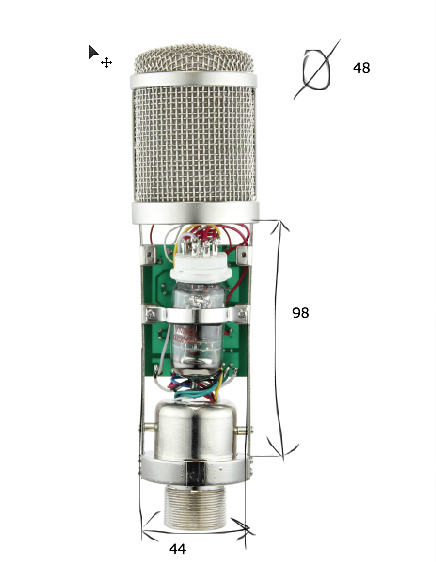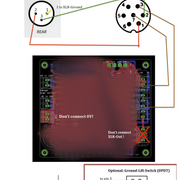dasnevestheo
Well-known member
- Joined
- Oct 6, 2017
- Messages
- 188
Eagletone PSU




mhelin said:You have changed the operating point of the tube. Your chart doesn't list cathode voltage or grid - cathode diff. You will obviously get grittier sound if the difference is too small. Also the EF80X is no VF14, they don't exactly operate similarly at the same operating points. Btw. I use diode instead of the R3 and the R4 in my version is connected to anode supply using much larger resistor, but the operating point is very close to this one.

TillM said:With much help from David (TLRT) i get my grounding issue sorted with my EF47 (and M49b too).
I want to share it to everyone, if you have problems with noise from grounding problems.
Connect the pins as in the schematic, the things I changed with help from David I attached in the picture.
If someone has further explanations, please share your opinion.
If you want to use Dan's D47 body, connect CRD with COM on PSU.

jcdignan said:Hi everybody,
I have finished my version of the U47.
It works very fine, no noise, no shuffle, perfect!
I'm a little bit confused with the PSU settings.
To adjust the H+ and B+ i connect the mic, i adjust the H+ to 5.05v and B+ to 105V, great, no problem.
Before closing the case, I say, what's happend if I switch from Cardio to Omni ?, I did it and control the voltage, oups !! there is only 85v on B+ ???
What's wrong ?
Thank for your help, best regards from France
wstratton said:Hi all,
First post here—I’ve loved reading this board as a lurker and am thrilled to be able to contribute. I’m about halfway through a D-EF47 build, and I have what is maybe a weird or naive question. I’m considering putting in a Neumann TLM-49 cardioid-only capsule, and using only the cardioid parts of the circuit. Does anyone know if this is feasible, and if so, what sort of adjustments I might need to make to the PSU and microphone circuits in order for this to work (beyond the single connection to the capsule)?
Enter your email address to join: